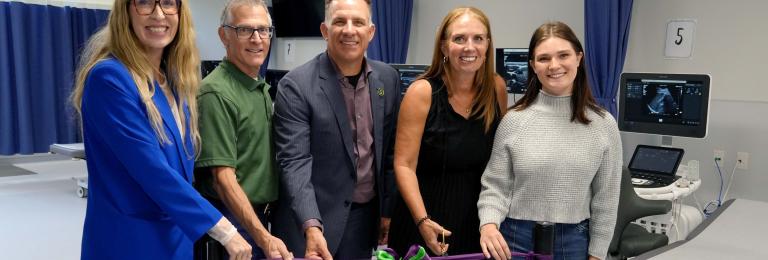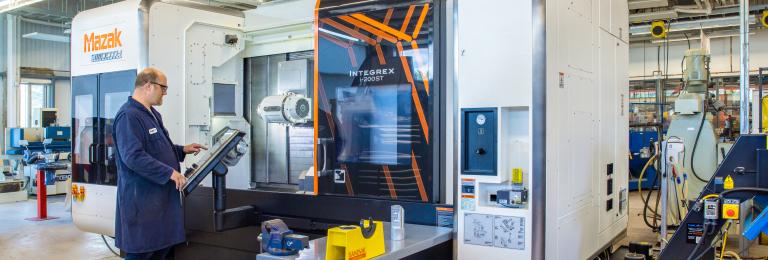RDP, NAIT & SAIT Showcase Innovative Applied Research at Technical Symposium

Today, Red Deer Polytechnic (RDP), the Northern Alberta Institute of Technology (NAIT) and Southern Alberta Institute of Technology (SAIT) featured a range of high-impact applied research projects at the Third Annual Alberta Corridor Technical Symposium held at RDP. The event highlighted innovative solutions that are addressing real-world challenges and driving economic growth across Alberta.
The collaborative Technical Symposium exhibited creative applied research projects, demonstrating the leading expertise, cutting-edge facilities and robust industry partnerships that distinguish RDP, NAIT and SAIT. All three institutions continued to rank among Canada’s Top 50 Research Colleges and Polytechnics in 2024, affirming their leadership in applied research.
“Alberta’s polytechnics lead innovation by integrating education, training and applied research, providing essential expertise and strong industry ties to solve real-world challenges and grow the economy,” says Dr. Tonya Wolfe, Associate Vice President, Applied Research, Red Deer Polytechnic. “As a leader in advanced manufacturing, energy and social innovation, and health care and health technology, Red Deer Polytechnic is proud to partner with NAIT and SAIT in showcasing the research shaping Alberta’s future.”
With the goal of creating solutions to support the province’s communities, industries and economy, the research projects from all three institutions covered a range of topics. The Symposium featured 28 engaging presentations that drew strong interest from attendees. Topics ranged from Reducing Fatigue and Injury Risk in Parasport Training Through Virtual Reality to Empowering Remote Communities: Net-Zero Housing Solutions for Frog Lake First Nations and Wildfire Monitoring Through Distributed Network of Sensors at Remote Communities. Each presentation highlighted the tangible outcomes of applied research and its potential to transform lives across Alberta.
“The strength of Alberta’s polytechnic collaboration has never been more evident. Together, NAIT, SAIT, and Red Deer Polytechnic are driving transformative change through applied research that directly responds to industry needs and community priorities,” says Dr. Olle Lagerquist, Associate Vice President, Industry Solutions, NAIT. “This symposium is a powerful reflection of how our institutions are advancing innovation and sustainability, creating lasting impacts for communities and Alberta’s economy.”
In addition to the presentations, eleven poster projects were on display, including Soil Quality and the Effects on Traditional Important Plant Species, Ethical Implications of Artificial Intelligence in Clinical Settings, and Concrete Modular Construction and Climate Action: Insights from a Canadian Case Study. These projects exemplify the breadth of inquiry and impact driving Alberta’s polytechnic research.
"Every year we look forward to the Alberta Corridor Technical Symposium for the opportunity to collaborate with NAIT and Red Deer Polytechnic and share new and exciting research findings. This year, SAIT presented some incredible work done with industry partners to empower remote communities and find new solutions in renewable energy,” says Jamie McInnis, Director of Applied Research and Innovation Services, SAIT. “The more our teams can work together to support research and innovation in Alberta, the stronger we continue to make our industries.”
This Technical Symposium aligns closely with Red Deer Polytechnic’s 2030 Strategic Plan: Productivity and Social Impact. It supports strategic drivers such as enhanced partnerships, learner impact, research and creation, and innovation ecosystem spaces.
Related News


